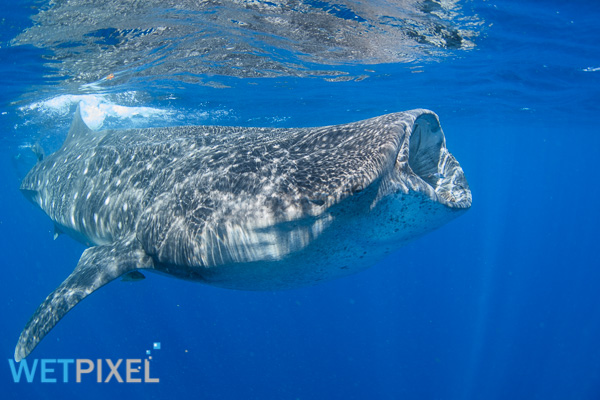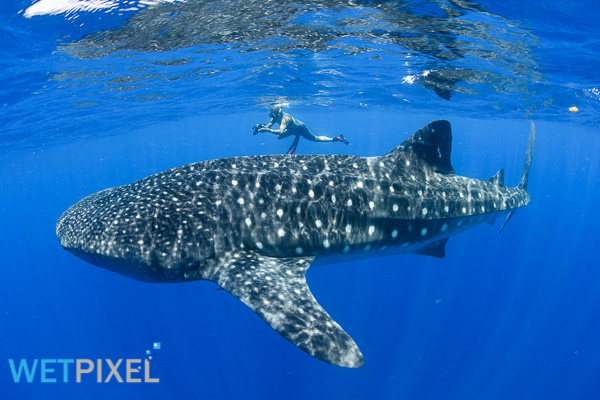New whale shark study utilizes citizen science

A new study in the Journal BioScience utilizes imagery taken by citizen scientists to analyze population, distribution and movement of whale sharks (Rhincodon typus). An application designed by NASA to recognize stars has been used to automatically catalog and identify sharks from images uploaded to the Wildbook for Whale Sharks. Some 30,000 individual encounters with 6,000 shark in 54 countries have been analyzed thus far.

Whale sharks were declared endangered last year after their numbers apparently dwindled. They are often illegally fished are caught as by-catch along with tuna or are struck by ships. Unlike whales, their bodies sink, so it is hard to know how many are hit.
The data suggests that juvenile males do not migrate much and the lack of sightings of fully mature adults shows how little we really know about the animals. The data support the idea that whale sharks are unlikely to have specific grounds where they give birth, because of their long gestation periods, and the fact that no more than one or two pups have been found in the same place and time.

Overall numbers are also a mystery. Worldwide, the estimates of whale shark population vary from around 20,000 to about 200,000 extant.